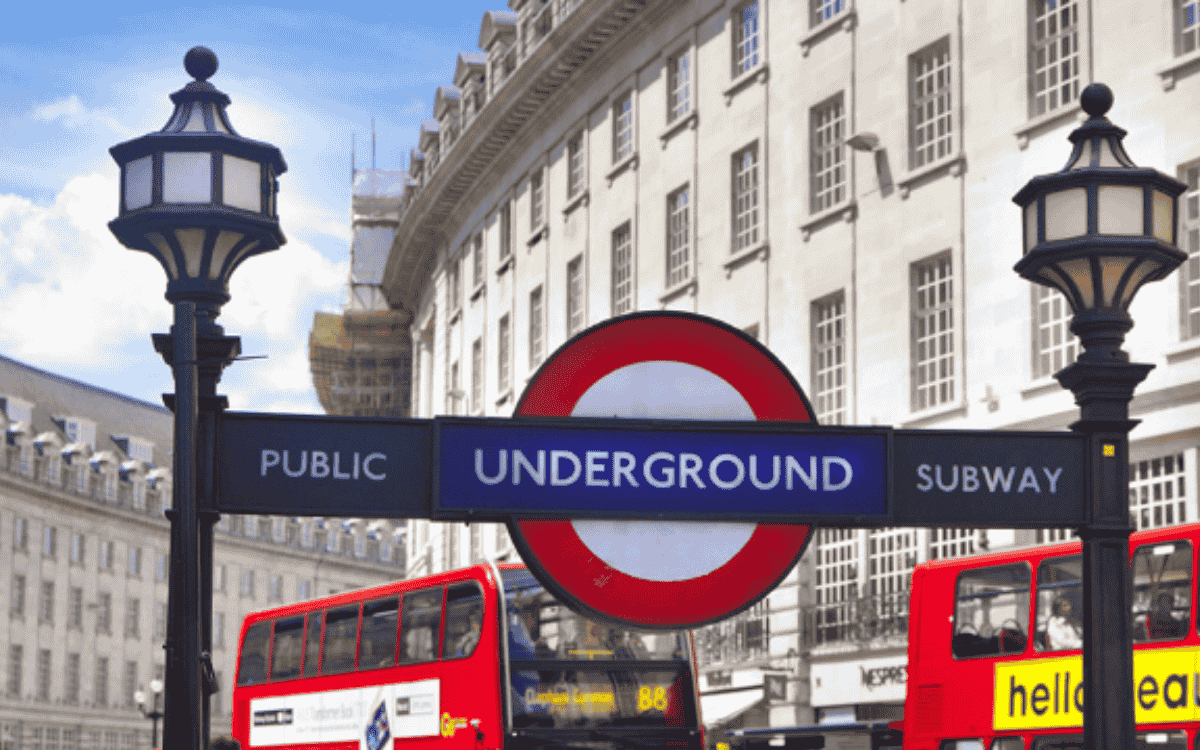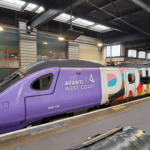
Exploring London’s Underground: The History of the Tube
London’s Underground, often simply referred to as “the Tube,” is an iconic and indispensable part of the city’s infrastructure. As the oldest and one of the most extensive metro systems in the world, the Tube holds a rich history that dates back over 150 years. It has evolved from a rudimentary steam-powered railway to the vast network of subterranean tunnels and stations that crisscross the capital today. For both Londoners and visitors, the Underground represents far more than just a method of transportation; it is a living, breathing symbol of the city’s growth and industrial prowess.
The Birth of the Underground:
The story of the Tube begins in the 19th century, at a time when London’s population was expanding rapidly, and congestion on the streets had become a pressing issue. The city’s leaders needed a solution to the increasing traffic problems, and the answer came in the form of a subterranean railway system. In 1863, the world’s first underground train line, the Metropolitan Railway, opened to the public. It ran between Paddington and Farringdon and was powered by steam locomotives. This marked the beginning of the revolutionary transport network that would eventually become the Tube.
The early trains were nothing like the sleek, modern carriages we see today. They were bulky, steam-powered engines that produced copious amounts of smoke and noise, making the experience unpleasant for passengers. Despite these challenges, Trainline services soon became an immediate success, with thousands of people using the railway to avoid the increasingly congested streets above.
As the years passed, the need for further expansion became clear. New lines were added, and improvements were made to both the trains and the stations. Electric trains were introduced in the late 19th century, making the journey smoother and more comfortable. By the early 20th century, the Underground had become an integral part of London’s transport network, with more than 200 miles of track laid across the city.
Expansion and Innovation:
The early years of the Tube saw significant innovation and expansion, driven by the rapid growth of London’s population and the rise of industry. The creation of new lines was not without its challenges, however. The task of digging tunnels beneath the city required immense engineering feats, and many of the methods used at the time were rudimentary by modern standards. The construction of the Northern Line in the early 1900s, for example, required workers to dig deep into the earth using only hand tools, making the process both dangerous and labor-intensive.
Despite these challenges, the Underground continued to expand throughout the 20th century. In 1933, the Metropolitan, Piccadilly, District, and Bakerloo lines were consolidated under the control of the newly formed London Passenger Transport Board (LPTB). This marked the beginning of a more unified system, with a focus on improving service and efficiency. The LPTB introduced new designs for stations, developed better signalling systems, and made the Tube more accessible to a growing population.
During the 1930s, a key moment in the history of the Underground came with the introduction of the famous roundel symbol, which is still in use today. This instantly recognizable logo, featuring a red circle with a blue bar across it, was introduced as part of a branding strategy aimed at creating a cohesive identity for the network. The roundel has since become an iconic symbol of London, synonymous with the city’s rich history and global presence.
The Tube During World War II:
The Second World War brought significant challenges to the Underground. London was subjected to heavy bombing raids, particularly during the Blitz of 1940-41. During these air raids, the Tube stations became vital shelters for Londoners seeking protection from the bombs falling above ground. The Underground provided a safe haven for millions of people, with stations such as Baker Street and Leicester Square acting as makeshift homes for those who had nowhere else to go.
In addition to its role as a bomb shelter, the Tube also served as an essential transportation network during the war. Many of London’s workers, including those in munitions factories, relied on the Tube to commute to work, ensuring that the city’s industrial output continued despite the conflict. It was during this time that the Tube’s ability to keep the city running under difficult circumstances was truly tested, and it became clear just how vital the Underground was to London’s functioning.
The Post-War Years and Modernization:
After the war, London’s Underground network faced a new set of challenges. The Tube’s infrastructure, while sturdy, was outdated, and many of the trains and stations were in need of refurbishment. In the 1950s and 1960s, a major push for modernization began, with new trains, improved stations, and better signage introduced across the network. The introduction of the Victoria Line in 1969 marked a significant milestone in the Tube’s development, as it was the first line to be fully automated, with trains operating without a driver.
The 1970s and 1980s brought a wave of further expansion, with new lines being added and existing stations renovated. The Northern Line, for instance, underwent extensive modernization during this period, with new tunnels being dug to alleviate congestion and improve the service. The introduction of the Jubilee Line in 1979 further expanded the Underground’s reach, connecting key areas of London that were previously underserved by the network.
The 21st century has seen the Underground continue to modernize, with the introduction of newer trains, state-of-the-art ticketing systems, and improved accessibility features. The Oyster Card, introduced in 2003, revolutionized the way Londoners and visitors paid for their journeys, making the Tube more efficient and cost-effective. The introduction of the Elizabeth Line, which opened in 2022, further extended the Tube’s reach across London, connecting areas that were once difficult to access by public transport.
The Tube Today: An Integral Part of London
Today, the Tube is a vital part of London’s daily life. With over 270 stations and 250 miles of track, it serves millions of passengers every year, offering a fast and efficient way to traverse the city. It is also a key part of London’s tourism industry, with visitors flocking to iconic stations like King’s Cross, Piccadilly Circus, and Oxford Circus. The Tube continues to evolve, with plans for further expansion and modernization in the coming years.
As London continues to grow and develop, the Tube remains a cornerstone of its infrastructure. Whether commuting to work, exploring the city’s rich history, or embarking on Day Trips from London to nearby destinations, the Underground offers a convenient and efficient means of travel. The Tube’s history, from its humble beginnings to its current status as a world-renowned metro system, is a testament to the ingenuity and perseverance of the people who built and continue to maintain it.
Conclusion:
The history of London’s Underground is a remarkable story of innovation, perseverance, and transformation. From its early days as a steam-powered railway to its current status as a world-class metro system, the Tube has played a central role in shaping the city of London. As the city continues to grow and change, Trains to London will remain a vital part of its fabric, ensuring that the city stays connected and accessible for generations to come.








